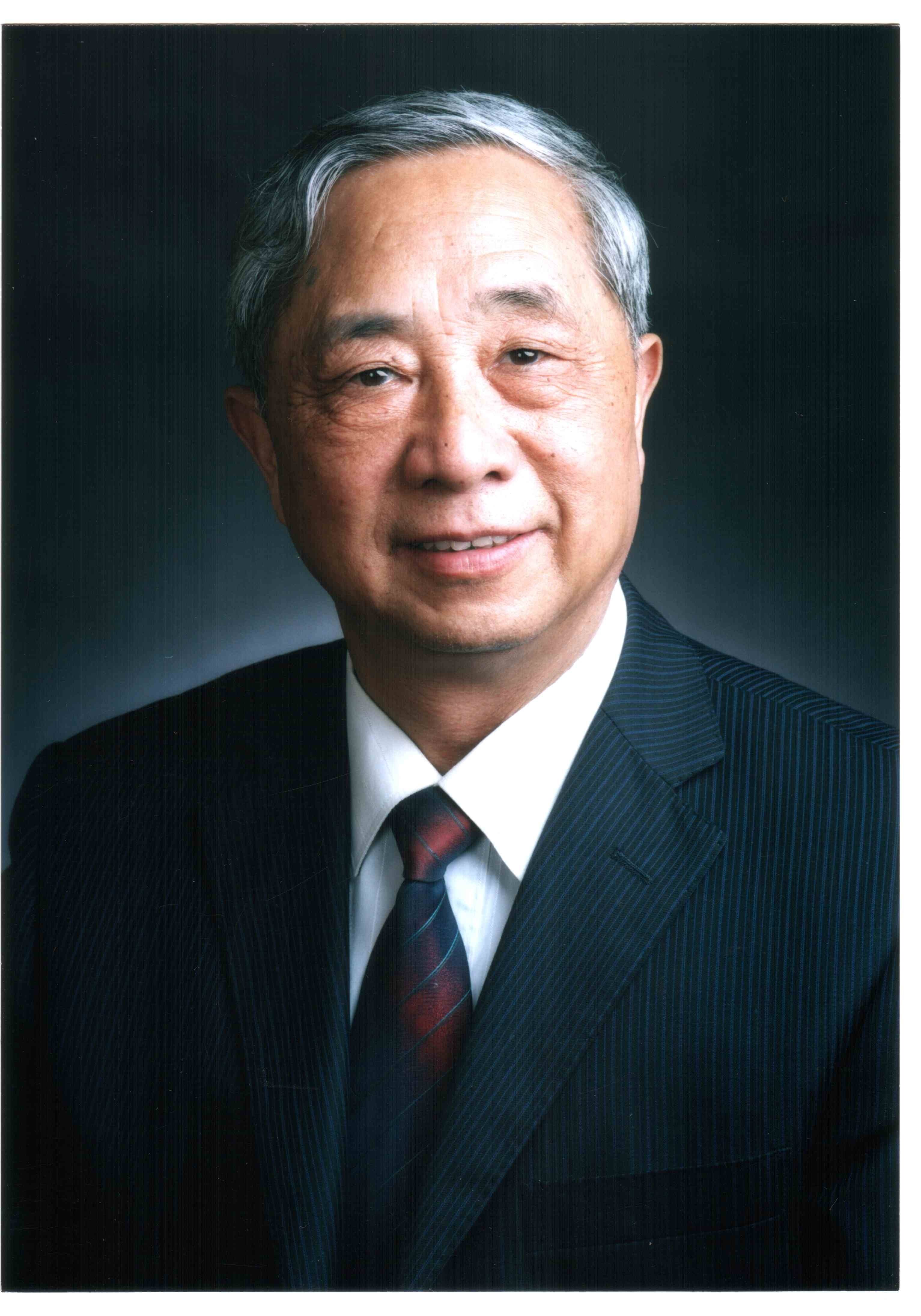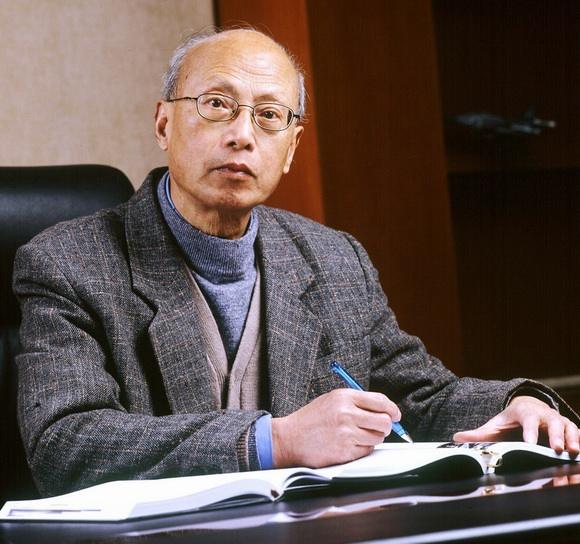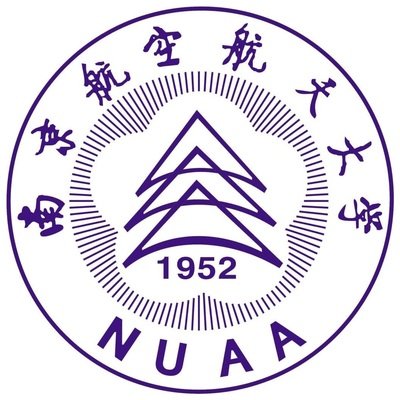
Overview
Chinese Name: 南京航空航天大学
English Name: Nanjing University of Aeronautics and Astronautics
Abbreviation: 南航(Nanhang); NUAA
Established: 1952
Location: Nanjing
Website: https://studyatnuaa.org/
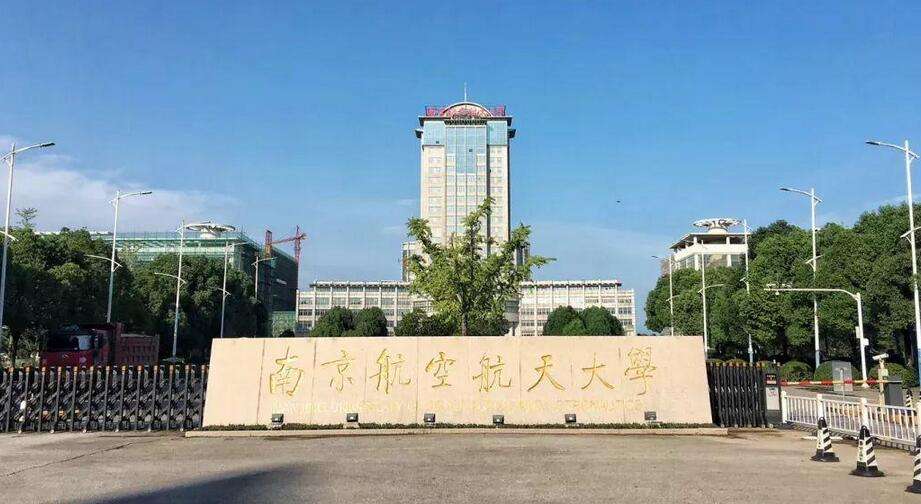
Brief introduction of Nanjing University of Aeronautics and Astronautics
Founded in 1952, located in Nanjing, Jiangsu Province, it is a comprehensive national key university with the characteristics of aerospace and civil aviation and dominated by science and engineering, directly under the Ministry of industry and information technology of the people’s Republic of China. It is a national “double first-class” University.

The school’s predecessor is Nanjing Aviation Industry College南京航空工业专科学校, which was founded in October 1952. It is one of the first aviation colleges and universities founded by the people’s Republic of China.
In 1978, it was identified as a national key university by the State Council; In 1981, with the approval of the State Council, it became the first batch of doctoral degree awarding units in China.
In December 2012, the Ministry of industry and information technology and the Civil Aviation Administration of China中国民用航空局 signed an agreement to jointly build the Nanjing University of Aeronautics and Astronautics.
In December 2018, the Ministry of industry and information technology, the Ministry of education, and Jiangsu Province jointly built Nanjing University of Aeronautics and Astronautics.

As of February 2022, the school has three campuses, the Ming Palace Museum, the Jiangjun Road and the Tianmu Lake, with a construction area of 1.893 million square meters. The library collects more than 2.95 million printed documents and more than 12.6 million electronic and digital document information resources.
There are 18 colleges and 62 undergraduate majors; there are 2 national key disciplines of first-class disciplines and 9 national key disciplines of second-class disciplines; there are 3526 faculty members, 12 academicians, and double-employed academicians; there are 35127 students (including 19044 undergraduate students, 15262 graduate students and 821 international students with degrees).
Education Achivements and Rankings
As of January 2019, the university has 33 master-level discipline authorization points, 17 doctoral-level discipline authorization points, and 17 post-doctoral research mobile stations.
There are 2 national key disciplines of first-class disciplines, 9 national key disciplines of second-class disciplines, 2 national key (cultivation) disciplines, 10 national defense characteristic disciplines, 8 advantageous disciplines of Jiangsu Universities, and 3 key sequence disciplines of Jiangsu Province, and 8 key disciplines of Jiangsu Province.

As of January 2019, the school has 11 national quality courses, 6 national quality video open courses for construction projects, 10 national quality online open courses, and 2 national talent training mode innovation experimental areas.
There are 6 national characteristic majors (construction sites), 8 key majors of the Ministry of industry and information technology, 7 national defense key majors and scarce majors (directions), 2 national engineering basic course teaching bases, and 4 national experimental teaching demonstrations centers.
National characteristic majors include aircraft design and engineering, electrical engineering and automation, mechanical engineering and automation, information engineering, aircraft power engineering, and transportation.
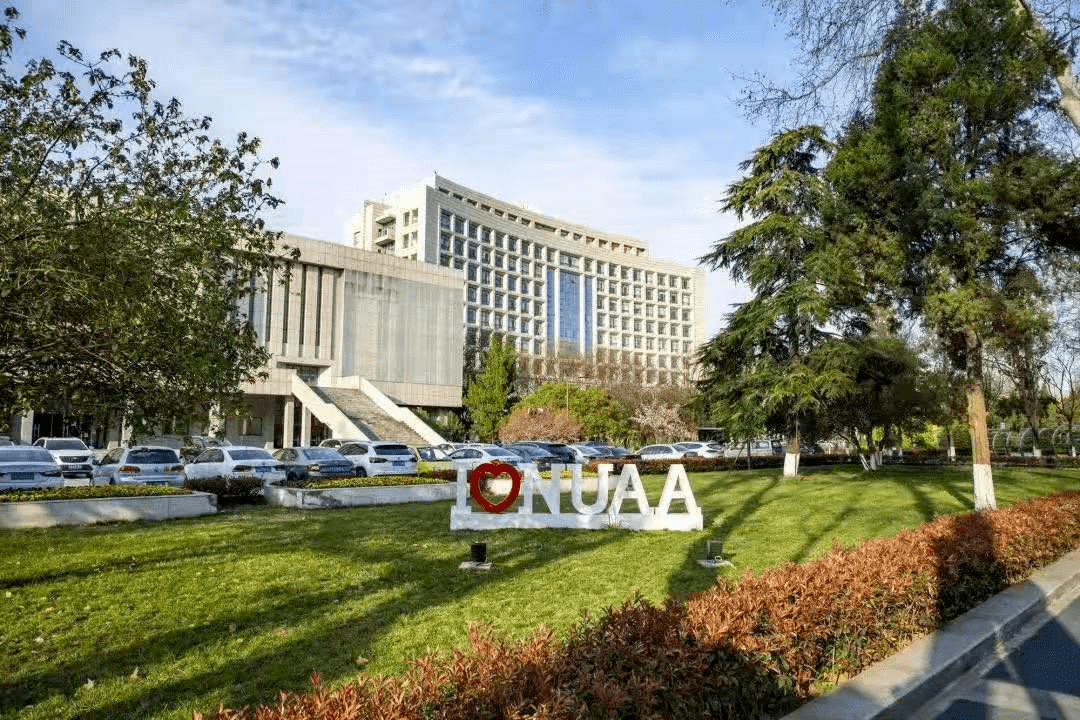
As of 2021, the Times Higher Education World University Rankings ranked the Nanjing University of Aeronautics and Astronautics 1001st-1200th in the world.
The U.S. News & World Report ranked Nanjing University of Aeronautics and Astronautics 712th in the world.
QS World University Rankings ranked Nanjing University of Aeronautics and Astronautics 801st-1000th in the world.
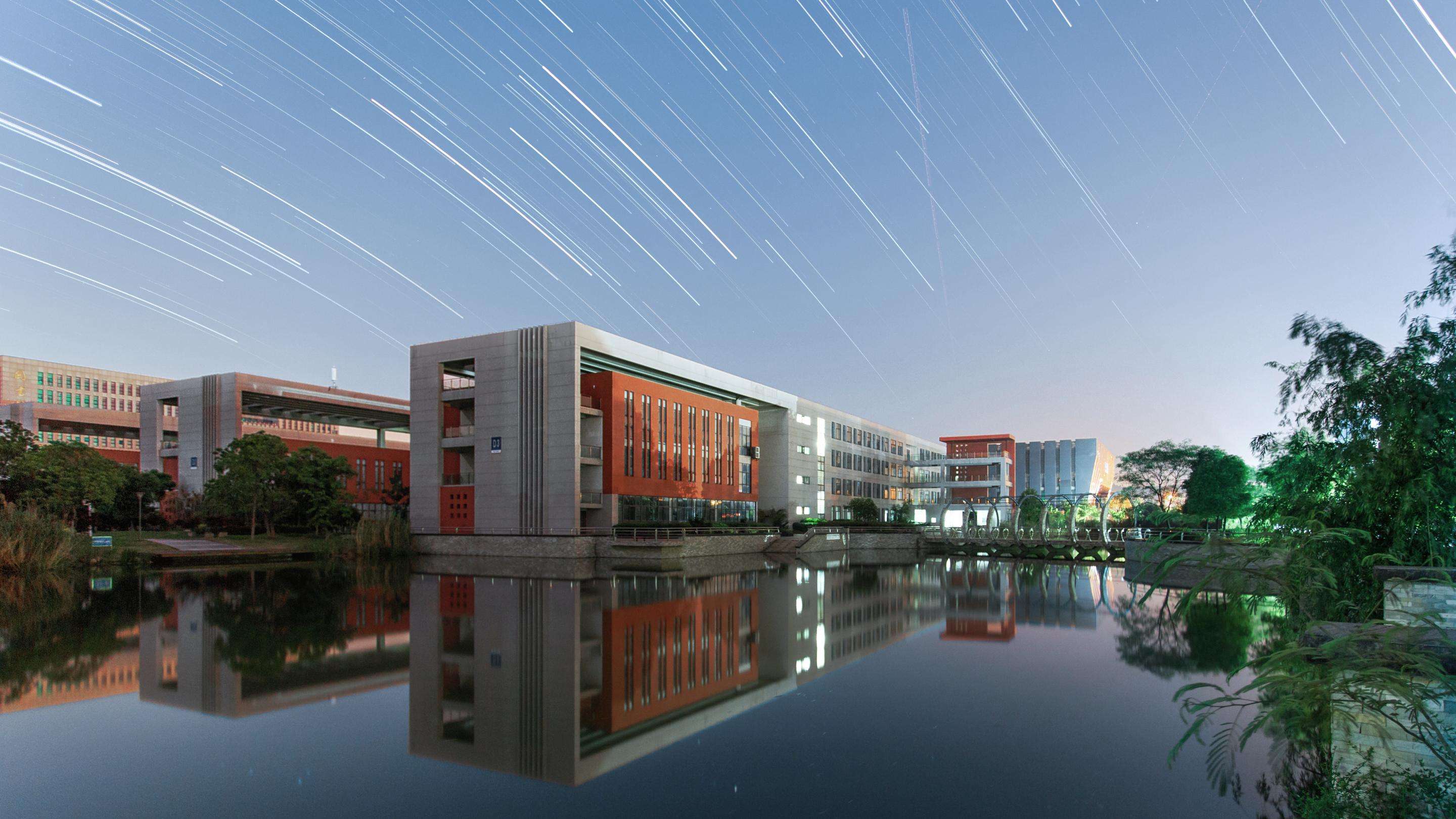
The school has won nearly 1718 scientific and technological achievement awards at the ministerial and provincial levels, including 82 national awards, and has contributed several firsts to the Republic, including China’s first unmanned large-scale target aircraft, the first unmanned nuclear test sampler, the first plateau unmanned aircraft, the first unmanned helicopter, the first micro air vehicle, etc. the self-developed “Tianxun-1” micro satellite has been successfully launched. In the field of basic research, the university has made a number of theoretical achievements that have an important influence at home and abroad, such as “helicopter generalized eddy current theory”, “nonlinear dynamics theory of vibration control system”, “aircraft manufacturing coordination accuracy and tolerance allocation theory”.
In the field of national defense science and technology, the university has participated in the research, technical research, and experimental research of almost all important Aerospace models in China, and many technologies have been successfully applied in the “chang’e-3” and other aerospace projects, making important contributions to the development of China’s aerospace industry.
Famous Alumni
In the past century, Nanjing University of Aeronautics and Astronautics has had a large number of outstanding alumni. For example, Sun Zezhou, deputy chief designer of China’s “Chang’e 1” satellite, chief designer of the detector system of the second phase of the lunar exploration project, chief designer of the “Chang’e-3” detector system, and part-time professor of Nanjing University of Aeronautics and Astronautics. He used to be the chief designer of Chang’e 4 detector, and now he is the chief designer of the Tianwen-1 detector, he has made great contributions to China’s aerospace industry.
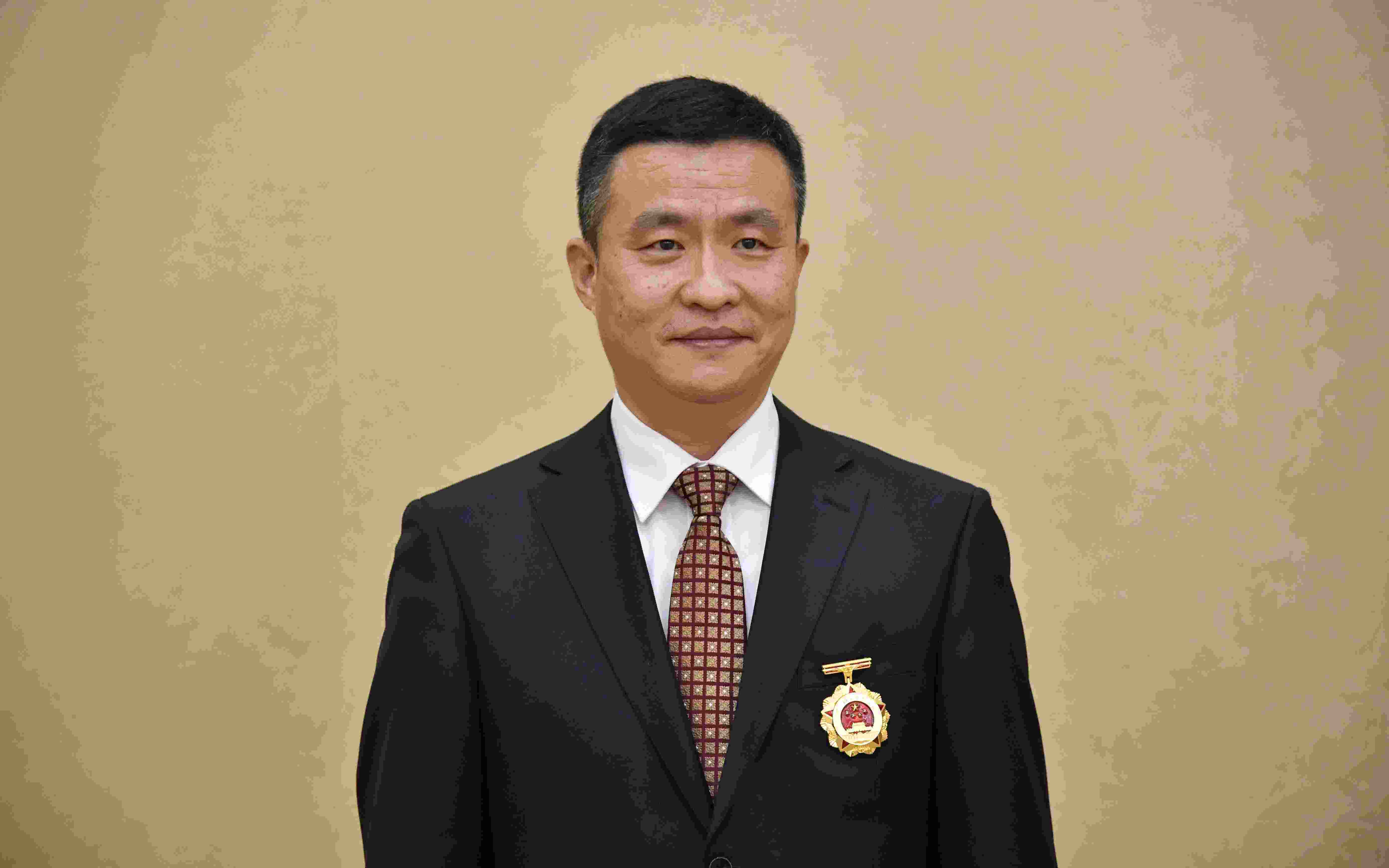
Wuximing, helicopter overall design expert, chief designer and researcher of China Helicopter Design and Research Institute, and chief model designer of AVIC helicopter R & D center. Over the past 26 years, whether as an ordinary designer or as a chief designer, he has always cherished the firm belief in serving the country through aviation, worked hard, and made great contributions to the development of Helicopter Technology in China. Wu Ximing’s body embodies the strong patriotism, deep feelings of serving the country with science and technology, persistent career pursuit, and noble realm of life of Chinese helicopter researchers, forming a valuable “Wu Ximing spirit”.

There are also many academicians of the Chinese Academy of Sciences and the Chinese Academy of engineering, for example, Zhao Chunsheng 赵淳生, Tu Jida 屠基达.
